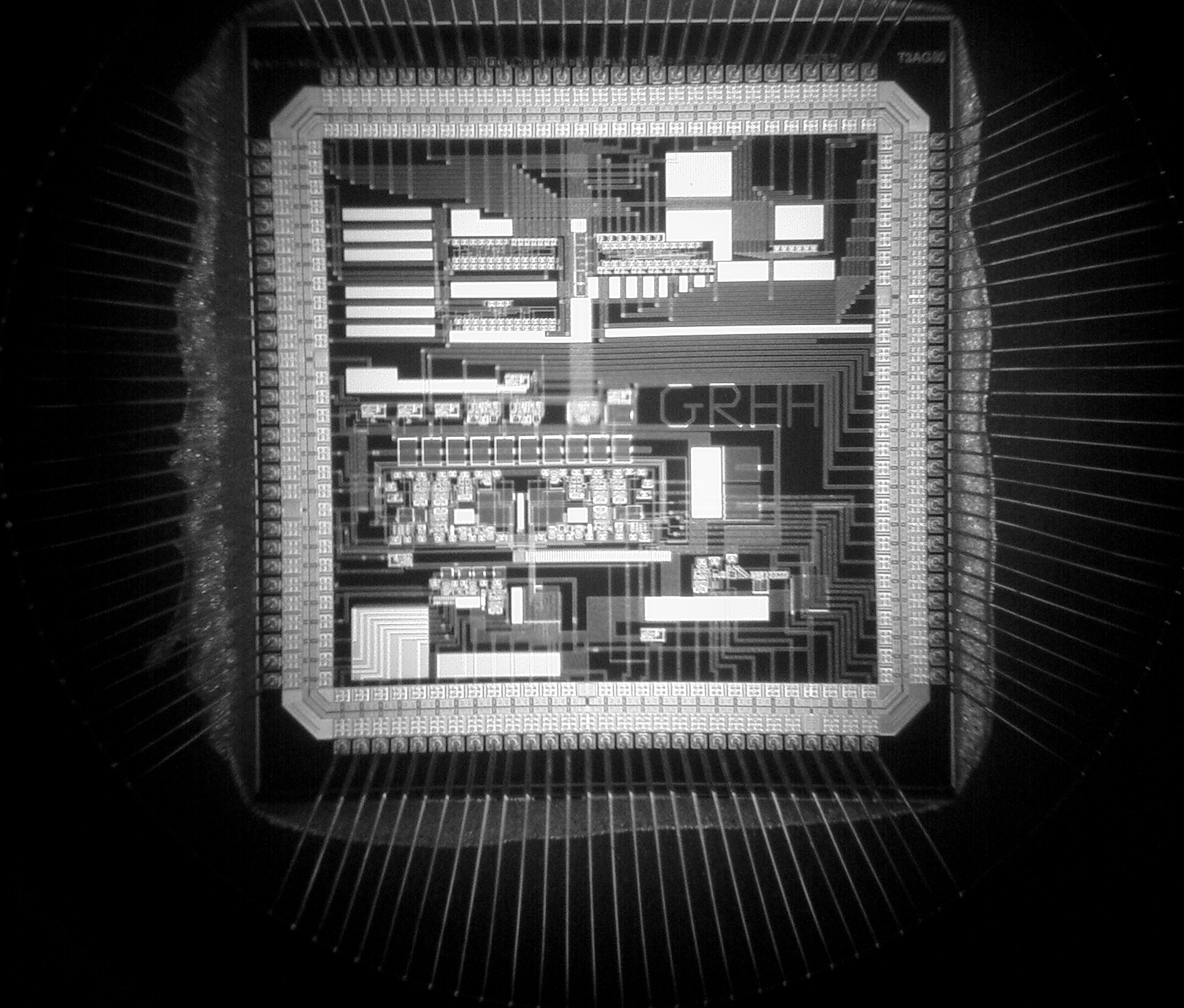By Lisa Carlin
Researchers at MIT have designed a computer chip that mimics how the brain’s neurons adapt in response to new information. With about 400 transistors, the silicon chip can simulate the activity of a single brain synapse (a connection between two neurons that allows information to flow from one to the other).
The MIT researchers designed their computer chip so that the transistors could mimic the activity of different ion channels. While most chips operate in a binary, on/off mode, current flows through the transistors on the new brain chip in analog, not digital, fashion. A gradient of electrical potential drives current to flow through the transistors just as ions flow through ion channels in a cell.
The researchers anticipate this chip will help neuroscientists learn much more about how the brain works, and can also be used in neural prosthetic devices such as artificial retinas.
“We can tweak the parameters of the circuit to match specific ion channels,” says Chi-Sang Poon, a principal research scientist in the Harvard-MIT Division of Health Sciences and Technology. “We now have a way to capture each and every ionic process that’s going on in a neuron.”
Previously, researchers had built circuits that could simulate the firing of an action potential, but not all of the circumstances that produce the potentials. “If you really want to mimic brain function realistically, you have to do more than just spiking. You have to capture the intracellular processes that are ion channel-based,” Poon says.
The MIT researchers plan to use their chip to build systems to model specific neural functions, such as the visual processing system. Such systems could be much faster than digital computers. Even on high-capacity computer systems, it takes hours or days to simulate a simple brain circuit. With the analog chip system, the simulation is even faster than the biological system itself.
Another potential application is building chips that can interface with biological systems. This could be useful in enabling communication between neural prosthetic devices such as artificial retinas and the brain. Further down the road, these chips could also become building blocks for artificial intelligence devices.
(Image: MIT)


